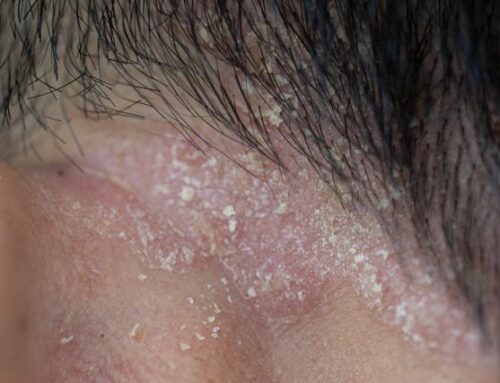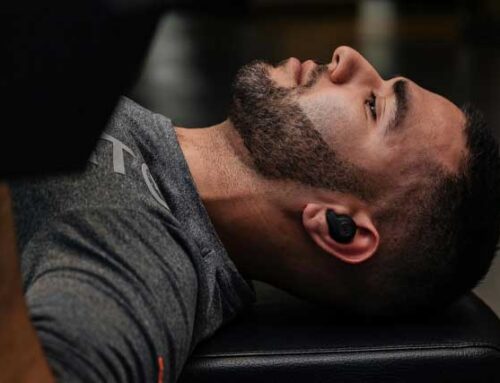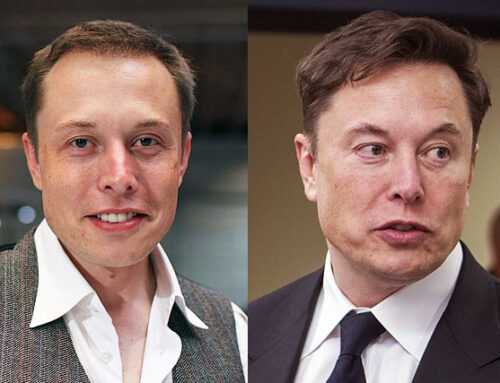How Much Hair Loss is Normal? Hair Loss in Men and Women
Have you ever looked at your hairbrush or shower drain with concern, wondering if the amount of hair you’re shedding is normal? You’re not alone. Many people worry about how much hair loss is normal, but understanding what’s normal and what isn’t can help ease your mind and guide you towards appropriate action if needed.
The Average Number of Hair Strands on a Human Head
Before we dive into hair loss, let’s establish a baseline. The average person has between 100,000 to 150,000 hairs on their head. However, this number can vary based on hair color:
- Blondes: Approximately 150,000 hairs
- Brunettes: Around 110,000 hairs
- Black hair: About 100,000 hairs
- Redheads: Roughly 90,000 hairs
It is important to note that these are averages, and variations from one individual to another are common.
Normal Hair Loss: What to Expect
Believe it or not, losing hair is a natural part of the hair growth cycle. On average, it’s normal to lose between 50 to 100 hairs per day. This might sound like a lot, but remember the total number of hairs on your head!
The natural human hair growth cycle actually consists of three phases:
- Anagen (Growth) Phase: This phase lasts 2-6 years, during which hair actively grows.
- Catagen (Transition) Phase: A short 2-3 week period where hair growth stops.
- Telogen (Resting) Phase: Lasting 2-3 months, old hair falls out to make way for new growth.
So at any given time, about 90% of your hair is in the anagen phase, while 10% is in the telogen phase. This cycle ensures continuous hair renewal.

Hair Loss in Men vs. Women: Patterns and Causes
While both men and women can experience hair loss, the patterns and causes often differ.
Male Pattern Hair Loss
Male pattern baldness, or androgenetic alopecia, affects up to 70% of men in their lifetime. It typically follows a predictable pattern:
- Receding hairline, often starting at the temples
- Thinning at the crown
- Eventual balding across the top of the head
The primary cause is sensitivity to dihydrotestosterone (DHT), a byproduct of testosterone. This sensitivity is genetic, explaining why male pattern baldness often runs in families.
Female Pattern Hair Loss
Women experience hair loss differently. Female pattern hair loss affects about 40% of women by age 50. The typical pattern includes:
- Overall thinning of hair, particularly at the crown
- Widening of the part line
- Rarely, a receding hairline (more common in post-menopausal women)
Causes of female hair loss are more varied and can include hormonal changes such as those that occur during pregnancy and menopause, nutritional deficiencies, high or sustained levels stress, certain medications, as well as autoimmune conditions.
How Do I Know if I’m Losing Too Much Hair?
While some hair shedding is normal, excessive shedding can be a cause for concern. Here are some signs that your hair loss might be beyond normal:
- Noticeable thinning: If you can see more scalp than before, especially at your part line or crown.
- Excessive shedding: If you’re consistently losing more than 100 hairs a day.
- Bald patches: Circular or patchy hair loss can indicate conditions like alopecia areata.
- Sudden hair loss: Rapid, unexpected hair loss can be a sign of an underlying health issue.
- Changes in hair texture: If your hair becomes significantly finer or more brittle.
- Receding hairline: Particularly in men, a noticeably receding hairline is often an early sign of male pattern baldness.
When Should I Worry About Hair Loss?
While some hair thinning is part of the natural aging process, certain situations warrant concern and early professional evaluation:
- Sudden or patchy hair loss: This could indicate an autoimmune condition or fungal infection.
- Hair loss accompanied by other symptoms: If you’re experiencing fatigue, unexpected weight changes, or skin issues along with hair loss, it could signal a systemic problem.
- Early onset hair loss: If you’re losing significant hair before age 30, it’s worth investigating.
- Scalp changes: Redness, scaling, or pain on the scalp accompanying hair loss needs medical attention.
- Hair loss affecting quality of life: If thinning hair is causing emotional distress or affecting your self-esteem, it’s time to seek help.
- Family history of baldness: If baldness runs in your family and you’re noticing early signs, early intervention can be beneficial.
Treatment Options for Hair Loss
The good news is that many effective options available today, depending on the cause:
- Topical medications: FDA-approved options like minoxidil and finasteride can slow the progression of thinning hair and help promote regrowth.
- Hair transplantation: Modern techniques like Follicular Unit Extraction (FUE) and Multi-Unit Hair Grafting (MUHG) can provide natural-looking results.
- Enhanced Hair Therapy (EHT): This innovative treatment uses your own blood plasma to stimulate hair growth.
- Low-level laser therapy: FDA-cleared laser devices can stimulate hair follicles and improve hair density.
- Nutritional supplements: Addressing deficiencies in vitamins and minerals can support healthy hair growth.
- Scalp micropigmentation: SMP is a cosmetic procedure which can create the appearance of a fuller head of hair.
Take Action: Schedule Your Free Consultation
If you are concerned about your hair, don’t wait to seek help. Early intervention can make a significant difference in treatment outcomes. At our clinic in McLean, Virginia, we offer comprehensive hair and scalp evaluations and personalized treatment plans.
Take the first step towards healthier hair today. Schedule your free, private consultation with one of our experienced hair restoration specialists. We encourage you to contact us today to schedule your appointment.
Remember, thinning hair is a common concern, but you don’t have to face it alone. With proper evaluation and treatment, the vast majority of men and women can successfully manage hair loss and regain their confidence. Don’t let your hair hold you back – reach out to us today and start your journey to a fuller, healthier head of hair!



